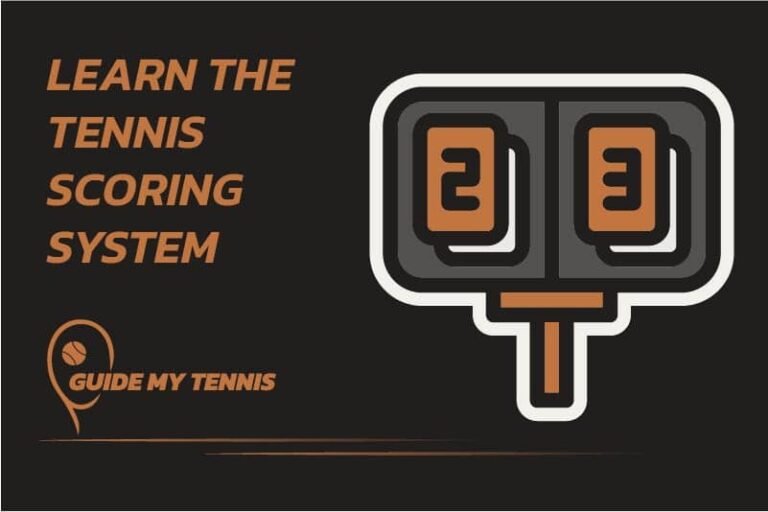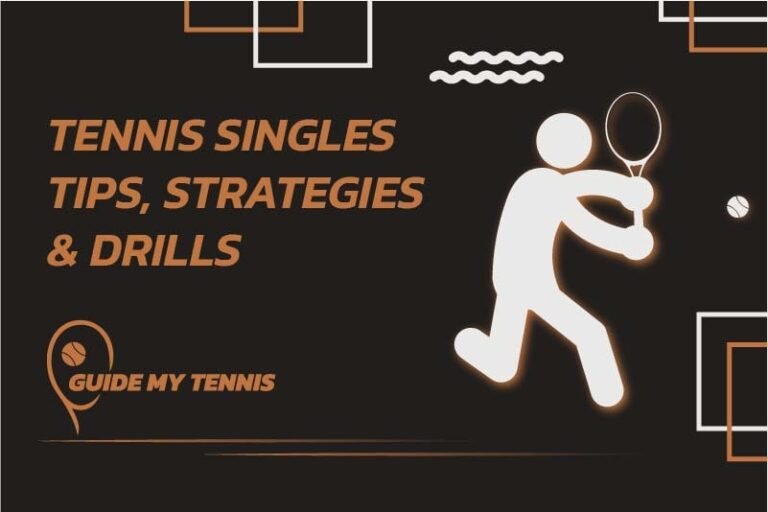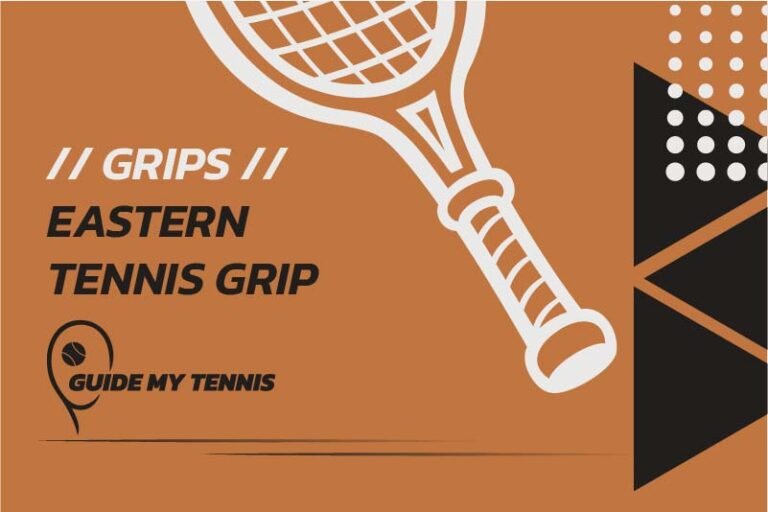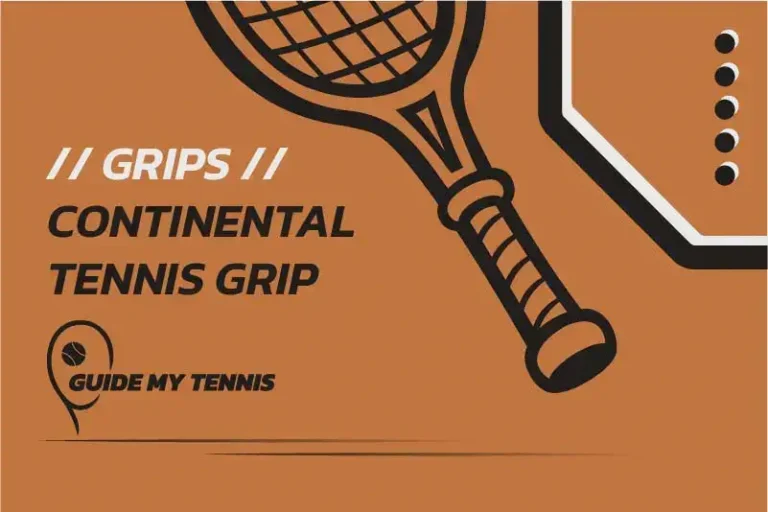A Technical Insight of the Counterpuncher Profile
This blog serves the purpose of digging deep into the counterpuncher player. Together, we shall discover the characterisation of such a player and identify ways how to prepare for playing against this profile. And if you’re aspiring to become one, then you’re also in the right place. Eventually, I’ll even give you an insight into…

This blog serves the purpose of digging deep into the counterpuncher player. Together, we shall discover the characterisation of such a player and identify ways how to prepare for playing against this profile. And if you’re aspiring to become one, then you’re also in the right place.
Eventually, I’ll even give you an insight into the types of rackets that pair well with various player profiles, but for now, here’s my detailed guide on choosing a racket and learning about the racket’s anatomy.
Here’s the agenda for the blog:
What is a Counterpuncher in Tennis?
The counterpuncher is a tennis playstyle whose style is the complete opposite of that of the aggressive baseliner. Instead of attacking the balls, the player will take a defensive stance. They will use their impeccable footwork and fitness to run all over the court and return your shots deep into the court. As a result, a player who opts for the counterpunching style is also referred to as a defensive baseliner.
What are some Common Characteristics of a Typical Counterpuncher?
Being a defensive player, generally, they will react to your shots, rather than win the points with raw power. Such players tend to have great footwork skills and will use this to cover every angle of the court. By returning every ball, they aim to win their points by making you hit errors.
Be aware that if you are not patient enough, counterpunchers will wear you down very quickly with their style of play. Beginner and intermediate players often find this play style the most difficult to go up against. This is because low-level players tend to lack the overall skill and consistency needed to overcome such players.
How to Play Against a Counterpuncher?
Here are 4 points which you have to keep in mind when you’re up against this defensive playstyle:
1. Be Patient but Know your Limit
If you are not patient, you will find yourself making unforced errors constantly. They will give you what looks like an easy ball, only for you to smack the ball into the net or hit it long. Now, when I say be patient but know your limit, I am simply saying that if you just hit the ball back and forth and try to beat the counterpuncher this way, you’ll lose. You cannot beat these players at their own game, so what else can you do?
2. Attack the Net
Be patient and find the right opportunity to creep up to the net and put the ball away with a well-placed volley. When you come up to the net, you’d be essentially taking up time away from your opponent and putting them off balance as they won’t have enough time to react to the balls.
3. Be wary of Lobs
If a counterpuncher sees you coming up to the net, they will try and lob you. Now, I know overheads are never easy, and they can be difficult to execute unless you’re close to the net but do not fear them. Try the overhead from mid-court, be aggressive and try and win the point.
4. Make them move Forward and Backwards
These types of tennis players have great footwork, and they excel in lateral movement, but making counterpunchers move forward with a well-placed drop shot will get them to open the court for a lob. So, hit a drop shot, get into position to hit a volley or return a lob. They will need to keep moving and this will give you time to go up to the net and put the ball away with a volley.
Practice Drills to Strengthen your Counterpunching Skills
Defensive countering in tennis requires a combination of defensive skills, quick reflexes, and the ability to turn defence into offence. Here are several practice drills to help strengthen your defensive skills:
1. Crosscourt/Down-the-Line Drill
- Setup: Have your partner hit balls, alternating between crosscourt and down the line.
- Drill: You should focus on returning these shots consistently. Start by defending, then aim to hit a well-placed shot to force an error or create an opening. This drill helps develop the ability to switch from defence to offence quickly.
- Focus: Footwork, anticipation, and shot placement.
2. Pressure Points
- Setup: Play a set or series of games where you start each point in a defensive position, either by feeding the ball to your opponent in a strong position or positioning yourself behind the baseline.
- Drill: Work on turning these defensive starts into neutral or even offensive situations. Emphasize keeping the ball in play and waiting for the right moment to counter-attack.
- Focus: Composure under pressure, shot placement, and strategic thinking.
3. Wide Ball Defense
- Setup: Have a coach or partner feed wide balls to either side.
- Drill: Focus on returning these wide balls with depth, aiming to push your opponent back into a neutral position. Practice hitting these returns on the run, staying balanced, and recovering quickly to the center of the court.
- Focus: Speed, balance, and recovery.
4. Deep and Short Drill
- Setup: Your partner or coach alternates feeding deep and short balls.
- Drill: For the deep balls, practice hitting high, deep shots to regain court positioning. For short balls, practice attacking with control, aiming for angles or placing the ball deep again to push your opponent back.
- Focus: Adapting to different ball heights and lengths, decision-making.
5. Defensive Lob Practice
- Setup: Your partner or coach hits aggressive shots or approaches the net.
- Drill: Focus on hitting defensive lobs with precision, aiming to push your opponent back and reset the point. Practice both topspin lobs and defensive slice lobs.
- Focus: Lob technique, resetting the point, and patience.
When practised regularly, these drills can help develop the essential skills needed for effective counterpunching in tennis.
Famous Counterpunching Players in Tennis History
Several names come to mind when I hear the word “counterpuncher” being used in a tennis discussion. Of course, these names are a personal opinion. I am sure that there are others out there who disagree with what I’m about to say. But here are the top names that come to mind:
- Björn Borg | Surely, one of the pioneers of modern tennis. Borg is a name that shook the world in the late 70s and early 80s with his remarkable baseline play and stamina. Effortlessly, he returned balls with a certain depth and precision that used to put his opponents off. His amazing talent in playing this defensive play style was critical in his 11 Grand Slam titles.
- Lleyton Hewitt | When I started watching tennis, Hewitt was at the peak of his career. The former world number 1 and 2-time Grand Slam winner was the pure definition of a defensive machine. Light on his feet, patient and had a great mindset to turn defensive positions into attacking play. As a player, he relied heavily on his speed and impeccable return of serve. This can be crucial, especially if your opponent relies on their serve to attack you. A good return of serve can stall any form of attacking play, putting your opponent off in the process.
- Andy Murray | You thought I wasn’t going to mention him, right? Sir Andy Murray is a modern tactician. His skills shone mostly when paired with his strategic mind. His mental game was so strong, that just by counterpunching, he has recorded big wins over the Top 3 and other skilful players. Murray has successfully built a tennis career with his exceptional defensive play, earning him 3 Grand Slam titles and 2 Olympic gold medals. An amazing feat to achieve.
- Novak Djokovic | No, I mean it. For me, Djokovic is a modern defensive tactician. Why am I saying this? Well, many people believe that Nadal is a counterpuncher, and that may be true. But the way I see it is that Novak resembles Murray’s playstyle by trying to outplay his opponents and creating attacking opportunities from nothing. Look at how he outplayed Alcaraz in the gold medal match during the Paris 2024 Olympics. Yes, Djokovic’s movement may not have been at its best, but despite Alcaraz’s thumping forehands, Djokovic held his ground. Look at these stats. Those are the stats of a great counterpunching player.
| Winners (in play, excluding aces/service winners) | |
|---|---|
| Djokovic | 23 | Alcaraz | 40 |
| Unforced Errors (excluding double faults/return errors): | |
|---|---|
|
Djokovic |16 |
Alcaraz | 27 (16 FH groundstroke, 9 BH groundstroke, 1 FH dropshot) |
| Forced Errors | |
|---|---|
|
Djokovic |11 |
Alcaraz | 22 |
Djokovic may not always play the counterpuncher card, but when he does, he plays it rather well.






